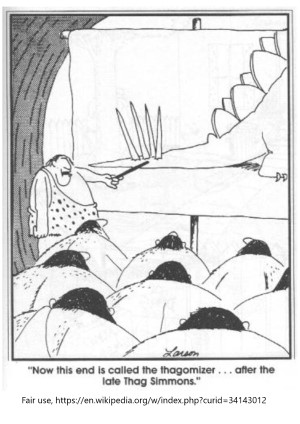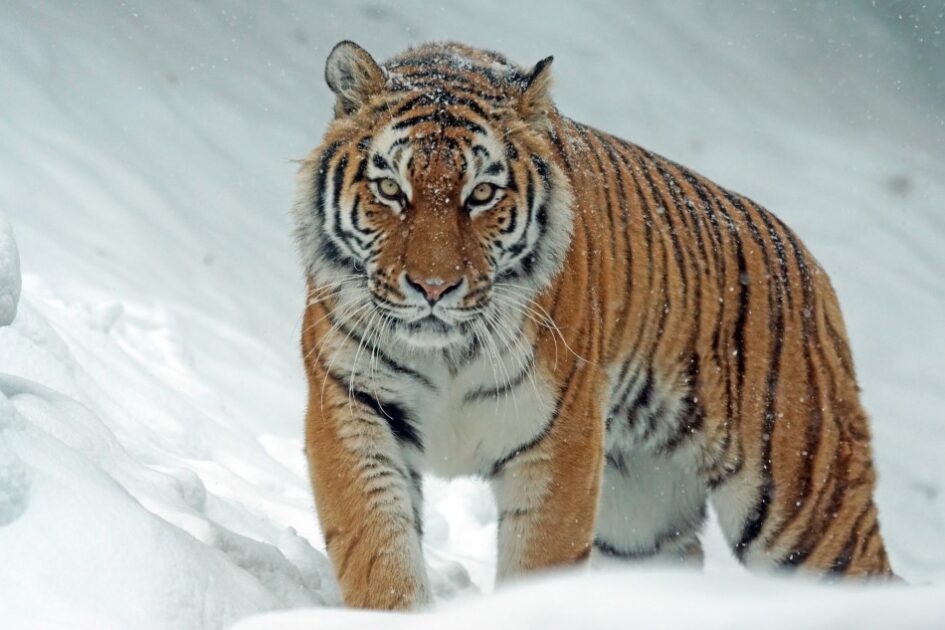It’s been over a month since I posted. I wanted to focus on my family and my work to be sure I was doing everything possible to support those two critical aspects of my life. Posting here doesn’t change my world too much but ignoring family and world does.
But I’m feeling like we’re getting our pins under us now and I’m feeling a bit of anxious activity. I think our brains are getting accustomed to the way the future might look. Sort of like poking our heads out of the house after a huge thunderstorm rolls through.
So I’m back at it. I hope.
And speaking of brains. I thought you all might like to read a bit about how COVID is impacting our psyche in the context of incentive activities.
Love your thoughts if you have them.
Focus Pocus
There are two main types of non-compensation incentive programs. Long-term and short-term. There are variations on each but at the top of the classification system I like to use timeframe as the delineator.
Long-term allows you to:
- Create loyalty and brand engagement over time
- Maintaining connection with audience
- Reinforce a relationship based on something more than the transaction
Short-term gives you:
- Tactical and immediate responses to a market condition
- Focused effort on specific goal/objective
- Potential for above average payout for a shorter time frame
They are different programs designed to do different things. And you really need both. Don’t let anyone tell you you don’t.
And you need both because of your cave-man brain.
Fatigue in the Brain
I recently saw a post on Facebook talking about how the COVID virus is trying our patience and we need to stay strong. It was written by a pych and family practice nurse practitioner and it does a great job of explaining the idea of “willpower fatigue.”
She talks about how humans, with our stone-aged psychology optimized for survival in a threat-filled environment cannot really focus on anything specific for a long period of time because it is very costly in terms of overall energy expenditure. And when food is scarce, we need to conserve energy to survive. And in general, in the pre-industrialized world, most life and death situations came and went in just a few minutes. See tiger – run away. Done. Back to sleeping under a tree.
 In other words – paying attention isn’t a matter of will power as much as a negative behavior that impacts our ability to stay alive. The cave men and women who paid attention for long periods of time use up too much energy and couldn’t run fast enough to avoid the tiger. Sorry Thag.
In other words – paying attention isn’t a matter of will power as much as a negative behavior that impacts our ability to stay alive. The cave men and women who paid attention for long periods of time use up too much energy and couldn’t run fast enough to avoid the tiger. Sorry Thag.
The author suggested we can usually only do really hard, non-intuitive things for 3 – 6 weeks at most. After that, our prefrontal cortex – the “type 1 decisions maker” for those that follow the “Thinking Fast and Slow” school of thought – says, well, that was hard, I’m done.
Our prefrontal cortex is not designed for the protracted, complex cognitive and social labor required for things like, say…a pandemic. That’s why we’re starting to feel more and more impacted by this. It’s cumulative. We get more and more tired.
And the same thing happens in your incentive program if you ONLY run a long-term loyalty program. Long-term attention to a product, brand, rule structure takes energy. Energy humans are trying to conserve. To break up the monotony you need to run sprints, spot promotions, contests, whatever.
You NEED to break up the thinking so your audience doesn’t just give up – willpower exhausted.
The real downside is the minute your participants get tired of your loyalty program they are extremely susceptible to your competitors “new promotion” – exciting that part of the brain looking for the next new thing.
Do both.
Loyalty to constantly connect and build brand engagement.
Promotions to break willpower fatigue.
Call me… I’ll share some more thinking on program design.
Ever hear of endowed progress? I can help you with that.





Recent Comments